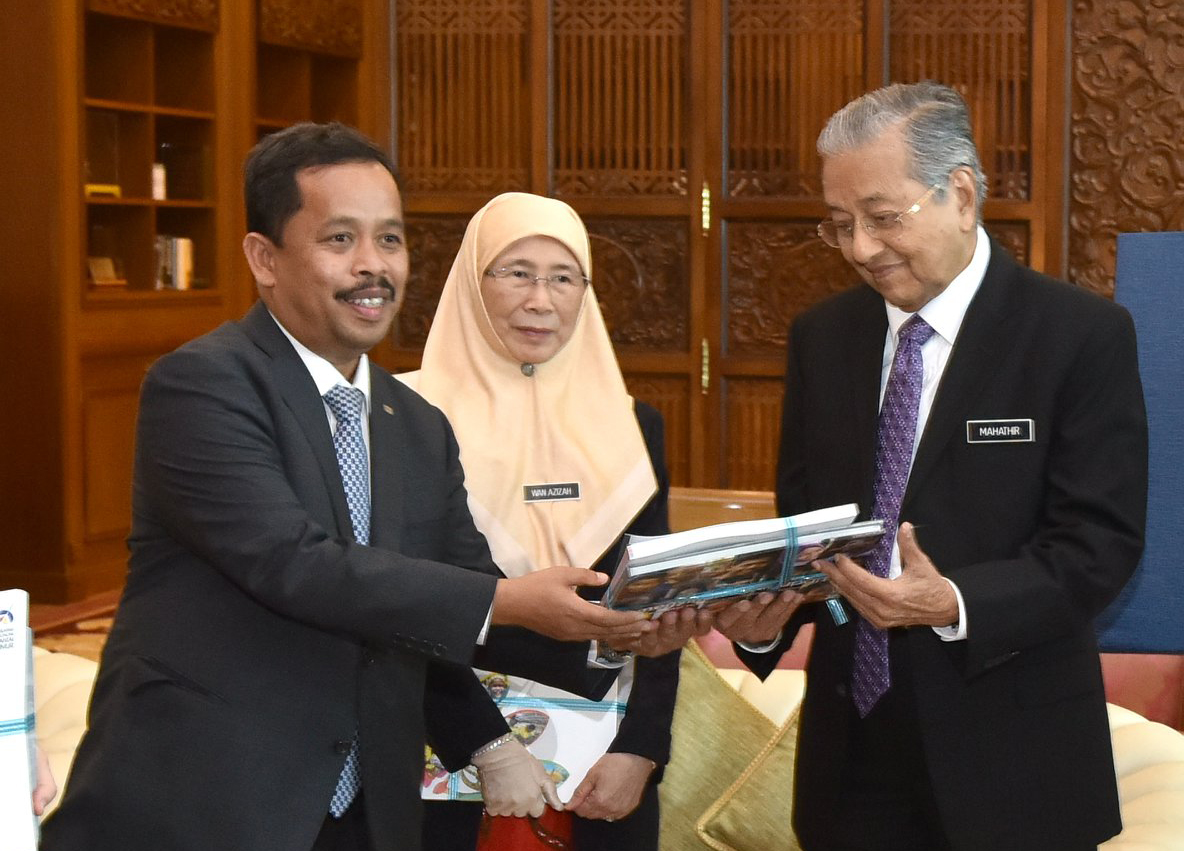Employee Assistance Program (EAP) is an employer-sponsored initiative designed to support employees in addressing mental health challenges, financial concerns, stress and other personal issues. These programs provide a range of services, including access to community resources, legal or financial counselling, child and elder care support, mental health education sessions and short-term interventions for behavioural health concerns.
In Malaysia, EAP is steadily gaining attention as organisations recognise their value in promoting employee well-being. Models such as in-house programmes, fixed-fee contracts, fee-for-service contracts and hybrid models are tailored to suit different organisational needs. Additionally, advancements in digital tools have expanded EAP offerings to include virtual counselling, mobile apps, and 24/7 hotlines, enhancing accessibility for employees. While there is no legal mandate for EAP implementation in Malaysia, the Occupational Safety and Health Act 1994 indirectly supports their adoption by emphasising the importance of employee safety, health and welfare.
Why Companies Are Opting for EAP
EAP has been shown to lead to measurable improvements in workplace performance. A review of industry-wide data from 82 vendors indicates that the majority of cases require only a few sessions with an EAP counsellor to achieve relief and return to typical work performance. Approximately 15% of cases involving more serious or chronic mental health conditions and substance abuse disorders rely on EAP as a crucial gateway to referral services from qualified treatment providers.
Furthermore, the implementation of an EAP can improve levels of presenteeism (employees being physically present but not fully engaged) and functioning, as highlighted by a systematic review conducted by Joseph et al. (2018). EAP also fosters a supportive work environment by addressing mental health stigma and workplace stress, which are critical factors in preventing burnout and maintaining morale. Ultimately, companies opt for EAP to save on costs related to lost productivity, healthcare expenses and employee turnover, making EAP a worthwhile investment in both employee well-being and organisational success.
Challenges of EAP Effectiveness
However, EAP still faces significant challenges that undermine their effectiveness. This is often due to a lack of awareness, stigma around mental health and perceptions that these programs are ineffective.
Furthermore, generic EAP offerings frequently fail to meet the unique needs of a diverse workforce, especially when they include wider approaches to address various factors that affect employee’s well-being (SHRM, n.d.). Another critical barrier is mistrust; many employees doubt the confidentiality of these services and fear negative consequences if they use them (Jazmyn et al., 2023).
Finally, EAP is often not integrated with broader workplace well-being initiatives, creating siloed efforts that fail to address employees’ holistic needs. According to the 2022-2023 Global Wellbeing Survey, only 41% of the companies have fully integrated their holistic wellbeing initiatives at their workplace to align with their companies’ strategy, which connects the dots between both.
Alternatives and Strategies for Enhanced Effectiveness
To strategise EAP’s effectiveness, first, organisations could adopt a holistic approach that integrates EAP with broader workplace well-being initiatives such as flexible work arrangements, mental health days, and wellness programs. A review shows that flexible work arrangements can reduce stress and improve employee satisfaction, leading to higher productivity and lower absenteeism. By aligning EAP with these initiatives, companies ensure that mental health support is part of a cohesive well-being strategy.
Creating a workplace culture that normalises mental health conversations is crucial. This culture of openness not only reduces stigma but also encourages employees to take advantage of EAP. A systematic review reports that tailored solutions like coaching, peer support groups, and digital tools can further enhance EAP engagement by meeting the diverse needs of the workforce. Digital tools offer employees the flexibility to access support at their convenience, especially for those who may feel uncomfortable with face-to-face interactions. Leadership involvement also plays a pivotal role in the EAP’s effectiveness. A survey reported 88% of employees had belief in a leader who practises genuine empathy which positively impacts their mental health and overall well-being.
Regularly evaluating well-being metrics is another strategy. Organisations should assess the EAP’s effectiveness and related initiatives to ensure continuous improvement. By tracking key performance indicators, companies can refine their strategies and make data-driven decisions to better support their employees.
In conclusion, effectively running an EAP in the workplace requires collaboration from all stakeholders. Employers must provide support and resources, employees should engage without stigma and providers should adapt to evolving needs. This collective effort fosters a supportive and productive work environment.
Dr Karen Tsen Mung Khie is a hub leader for Hub 3 (Employees’ Well-Being and Productivity) under the Mental Health and Well-Being Impact Lab at Taylor’s University. Dr Gan Jen Ling is an active member of the same hub.










